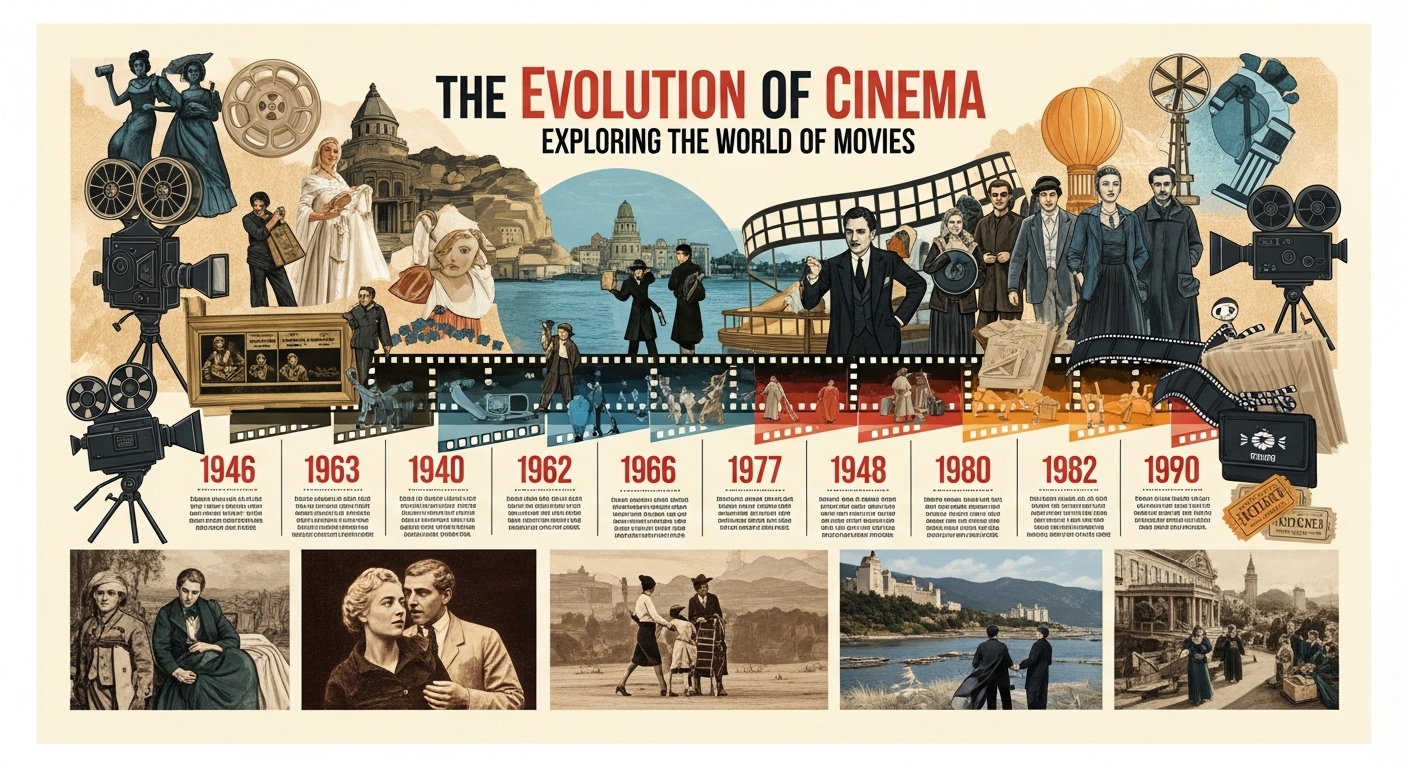Movies have been an integral part of our lives for over a century, entertaining, inspiring, and touching audiences across the globe. From silent black-and-white films to the latest blockbuster hits, the world of cinema has evolved dramatically, reflecting societal changes, technological advancements, and artistic innovations. In this blog post, we will delve into the fascinating world of movies, exploring their history, significance, applications, and future trends.
### History of Movies
The history of movies dates back to the late 19th century when pioneers like the Lumière brothers and Georges Méliès experimented with moving images. The silent era saw the rise of iconic stars like Charlie Chaplin and Buster Keaton, captivating audiences with their physical comedy. The advent of sound in the late 1920s revolutionized the industry, giving birth to the golden age of Hollywood and classics like “Gone with the Wind” and “Casablanca.”
### Significance of Movies
Movies hold immense cultural significance, serving as a mirror to society and a powerful medium of storytelling. They have the ability to evoke emotions, provoke thoughts, and create lasting memories. From tackling social issues to exploring fantastical worlds, movies have the power to transport us to different times and places, fostering empathy and understanding among diverse audiences.
### Applications of Movies
Beyond entertainment, movies have various applications in education, marketing, and advocacy. Educational films can help students grasp complex concepts, while documentaries shed light on important social issues. In the world of marketing, movies are used to promote products and brands, leveraging the emotional impact of storytelling to connect with consumers. Additionally, movies can be powerful tools for advocacy, raising awareness about pressing issues and inspiring change.
### Future Trends in Movies
As technology continues to advance, the future of movies looks promising with the rise of virtual reality, streaming services, and interactive experiences. Virtual reality films offer immersive storytelling opportunities, allowing audiences to step into the world of the movie like never before. Streaming platforms have democratized access to a wide range of films, giving independent filmmakers a platform to showcase their work. Interactive experiences, such as choose-your-own-adventure films, blur the lines between cinema and gaming, offering viewers a new level of engagement.
In conclusion, movies have a timeless allure that transcends boundaries and connects us on a universal level. As we look back on the rich history of cinema, it is evident that movies have shaped our culture, inspired creativity, and brought people together in shared experiences. With technology driving new innovations and storytelling techniques, the future of movies is bright, promising exciting possibilities for both filmmakers and audiences alike. So next time you sit down to watch a movie, remember the magic that unfolds on the screen and the endless potential of this beloved art form.


